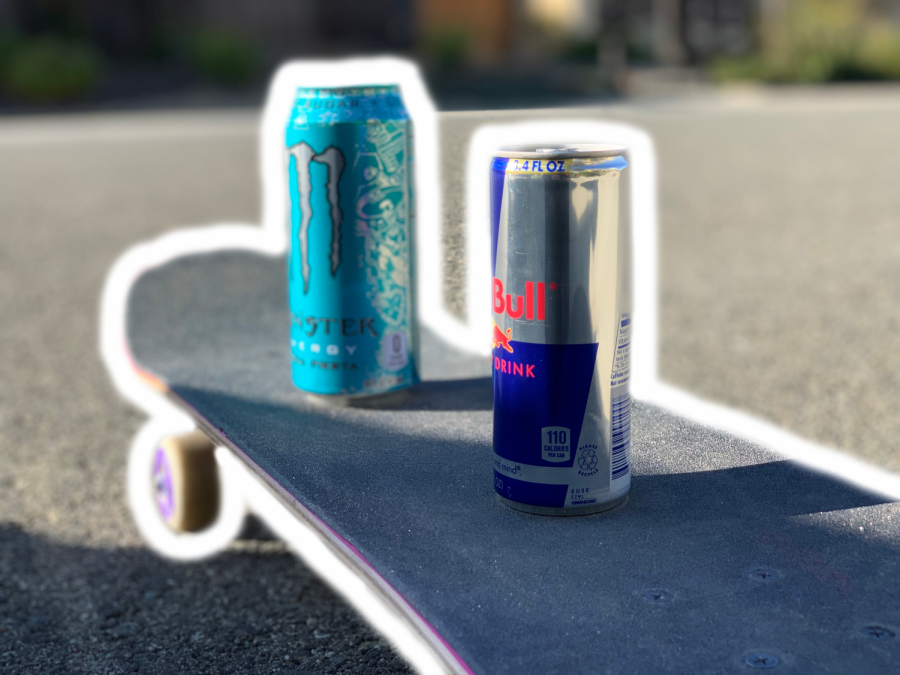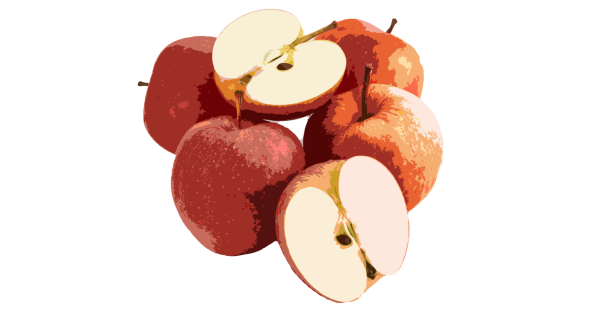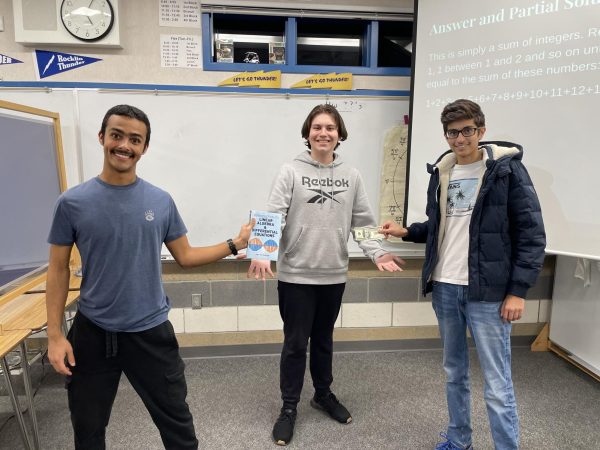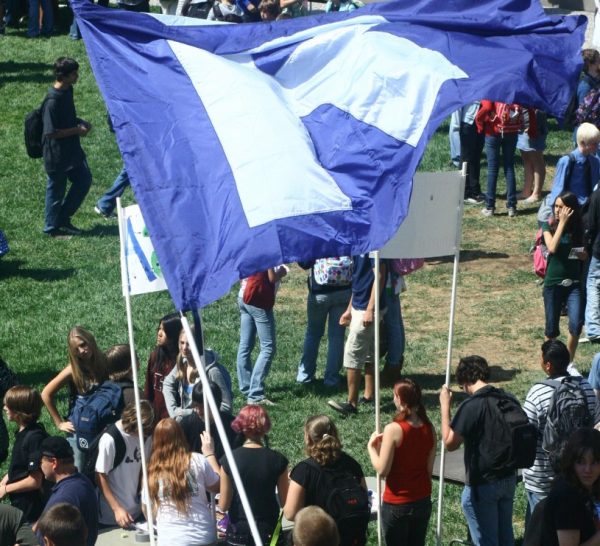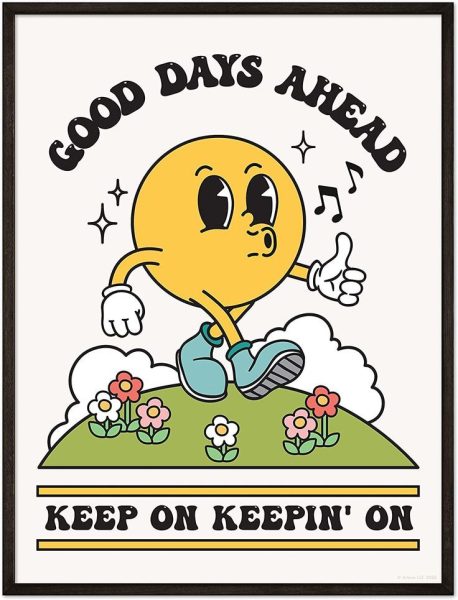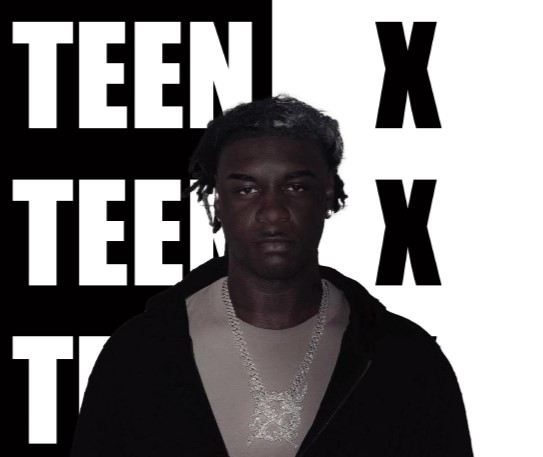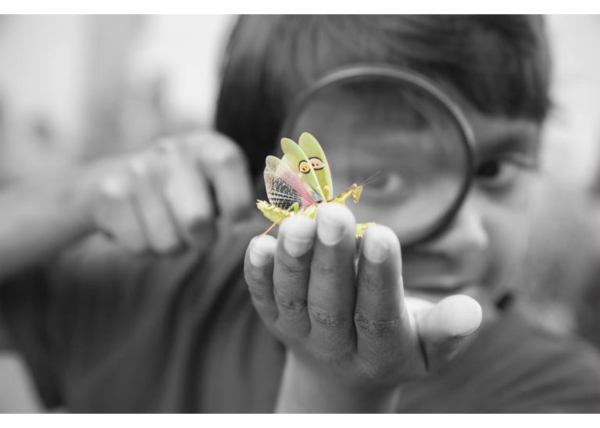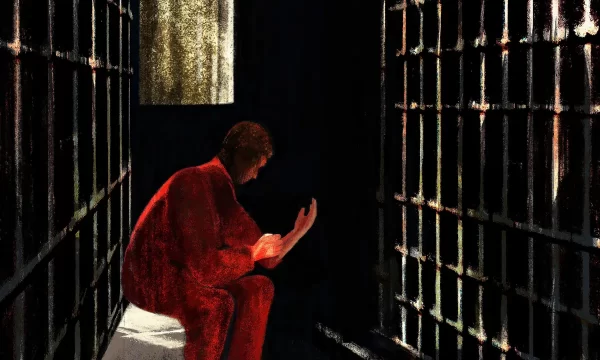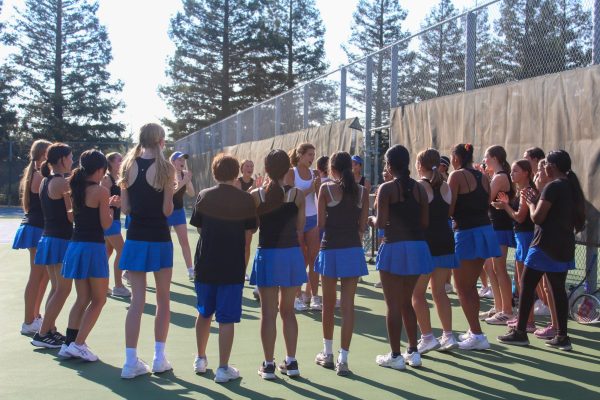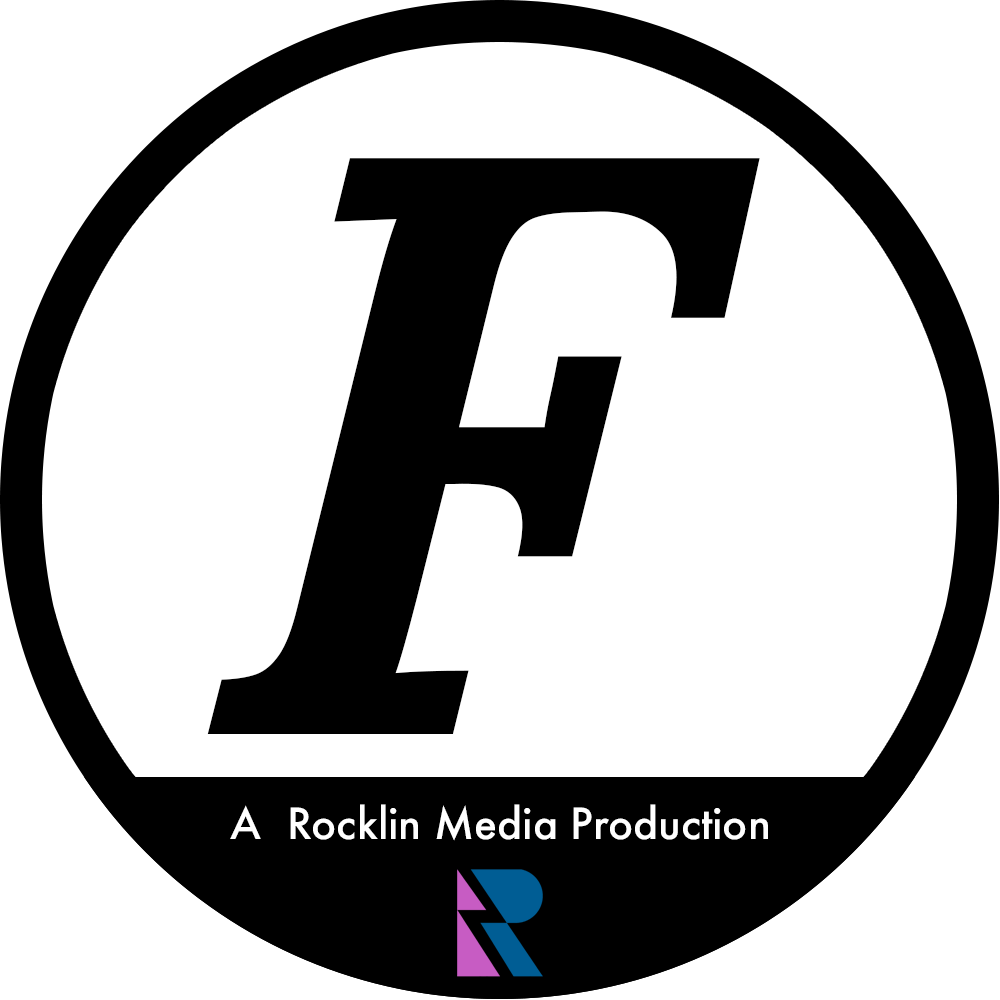Energy Drink Enthusiasm
The popularity of energy drinks won’t leave high school culture anytime soon
Photo by Ryan Barbieri
Energy drinks have always had a certain culture and image of the type of people who drink them, and with new brands comes more and more groups who enjoy that drink.
The first energy drink is widely considered to be Lipovitan D, made by a Japanese Pharmaceutical Company, Taisho, in 1962 (https://www.nytimes.com/2013/12/08/magazine/who-made-that-energy-drink.html). It contained high amounts of caffeine and taurine. Taurine is mostly taken as a dietary supplement, and is well known for stimulating metabolism; also known for its use as an appetite stimulant that helps with weight loss. Some studies have shown taurine helps with athletic and mental performance. (https://www.medicalnewstoday.com/articles/326714).
Since 1962, many new brands have been released, including popular American mainstays like Monster, Redbull and Rockstar. Ranging from 110 mg to 160 mg of caffeine, these drinks are most often associated with extreme sports, as Redbull’s youtube channel has almost 10 million subscribers and regularly posts videos showcasing snowsports and BMX athletes.
In recent years, new sports nutrition supplements have been gaining popularity, such as Bang Energy and Celsius Live Fit. Bang contains 300 mg of caffeine in a 16 oz can, and Celsius has 200 mg in a 12 oz can.
On Bang Energy’s About page, CEO, CSO Jack Owoc claims “Bang Energy beverages…are designed to radically improve performance, increase muscle and improve appearance” (https://bangenergy.com/about/).
Bang, Celsius, and many pre-workout supplements contain amino acids and Vitamin B, used to boost metabolism. Bang also includes “super creatine” which increases exercise performance (https://www.healthline.com/nutrition/pre-workout-supplements).
One of the most trending drinks at RHS is the Dutch Bros. Rebel; it’s not hard to find students walking around with these iced or blended drinks from the popular drive-thru coffee shop. Even Jillian Andrews, junior from the Rockin Friday show, shows off her Dutch once a week.
Though a 16 fl oz cup contains around 150 mg of caffeine, many students drinking Rebels said that they just drank them as more of a treat (most likely due to the 64 grams of sugar). With 43 official flavors, and the option for custom ones, it may be hard to resist for many teens.
Caffeine can be a part of a healthy diet, and the Food and Drug Administration (FDA) claims adults can have up to 400 mg of caffeine a day without showing negative effects. There is no level set for those under 18, but the American Academy of Pediatrics (AAP) discourages the consumption of caffeine altogether for children and teenagers (https://www.fda.gov/consumers/consumer-updates/spilling-beans-how-much-caffeine-too-much).
The reccomendation set by the AAP won’t stop teens from consuming these energy drinks, and the culture and trends associated with them keep more and more brands coming.



